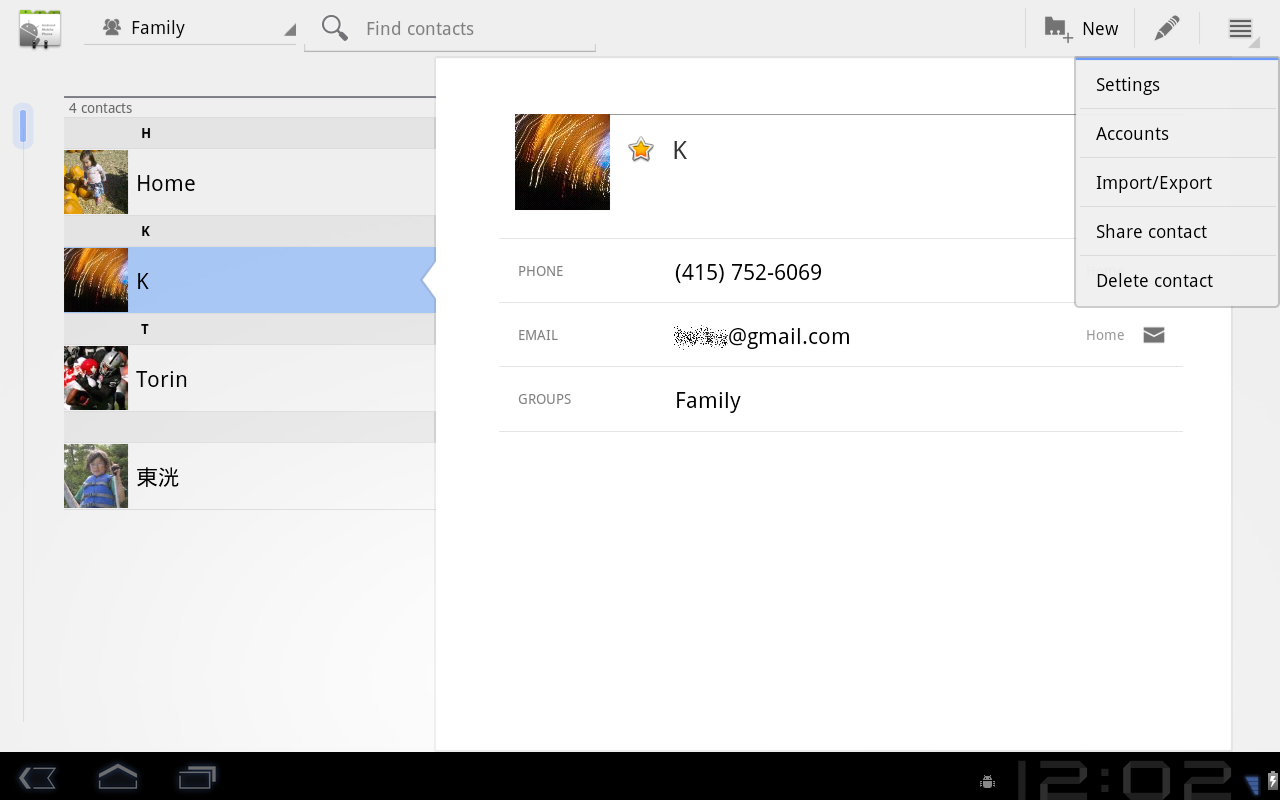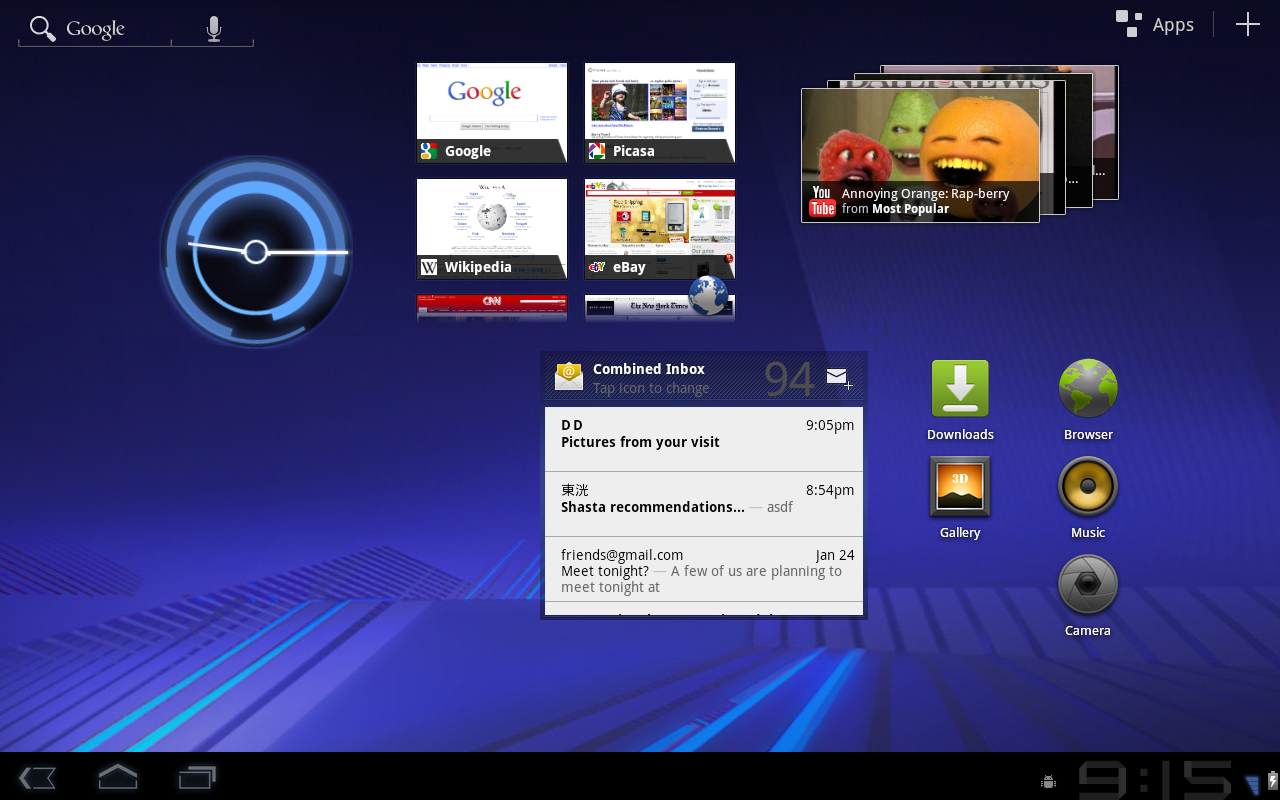
 Google has released a preview of its upcoming tablet-centric Android 3.0 (Honeycomb) SDK, providing developers with a chance to get to grips with the non-final APIs and the system image, allowing them to test existing applications for tablet devices.
Google has released a preview of its upcoming tablet-centric Android 3.0 (Honeycomb) SDK, providing developers with a chance to get to grips with the non-final APIs and the system image, allowing them to test existing applications for tablet devices.
The ‘holographic’ UI theme gets a mention, as well as being demonstrated in numerous screenshots. The experience builds upon the existing multitasking, notifications and widgets but provides a whole host of new features.
Google teases the following highlights:
UI framework for creating great apps for larger screen devices: Developers can use a new UI components, new themes, richer widgets and notifications, drag and drop, and other new features to create rich and engaging apps for users on larger screen devices.
High-performance 2D and 3D graphics: A new property-based animation framework lets developers add great visual effects to their apps. A built-in GL renderer lets developers request hardware-acceleration of common 2D rendering operations in their apps, across the entire app or only in specific activities or views. For adding rich 3D scenes, developers take advantage of a new 3D graphics engine called Renderscript.
Support for multicore processor architectures: Android 3.0 is optimized to run on either single- or dual-core processors, so that applications run with the best possible performance.
Rich multimedia: New multimedia features such as HTTP Live streaming support, a pluggable DRM framework, and easy media file transfer through MTP/PTP, give developers new ways to bring rich content to users.
New types of connectivity: New APIs for Bluetooth A2DP and HSP let applications offer audio streaming and headset control. Support for Bluetooth insecure socket connection lets applications connect to simple devices that may not have a user interface.
Enhancements for enterprise: New administrative policies, such as for encrypted storage and password expiration, help enterprise administrators manage devices more effectively.
Developers can get started by heading to the Preview SDK Introduction page, they can also get additional details about the changes in the latest versions via the SDK Tools, the ADT Plugin, and NDK pages on Google’s Android Developer site.
On the Platform Preview page Google introduces the System Bar, for global status and notifications, Action Bar, for application control, Customizable Home screens, Recent Apps, for easy visual multitasking, Redesigned keyboard and Improved text selection, copy and paste.
Screenshots of the new interface can be found below:
We’re excited, are you?
Get the TNW newsletter
Get the most important tech news in your inbox each week.

























